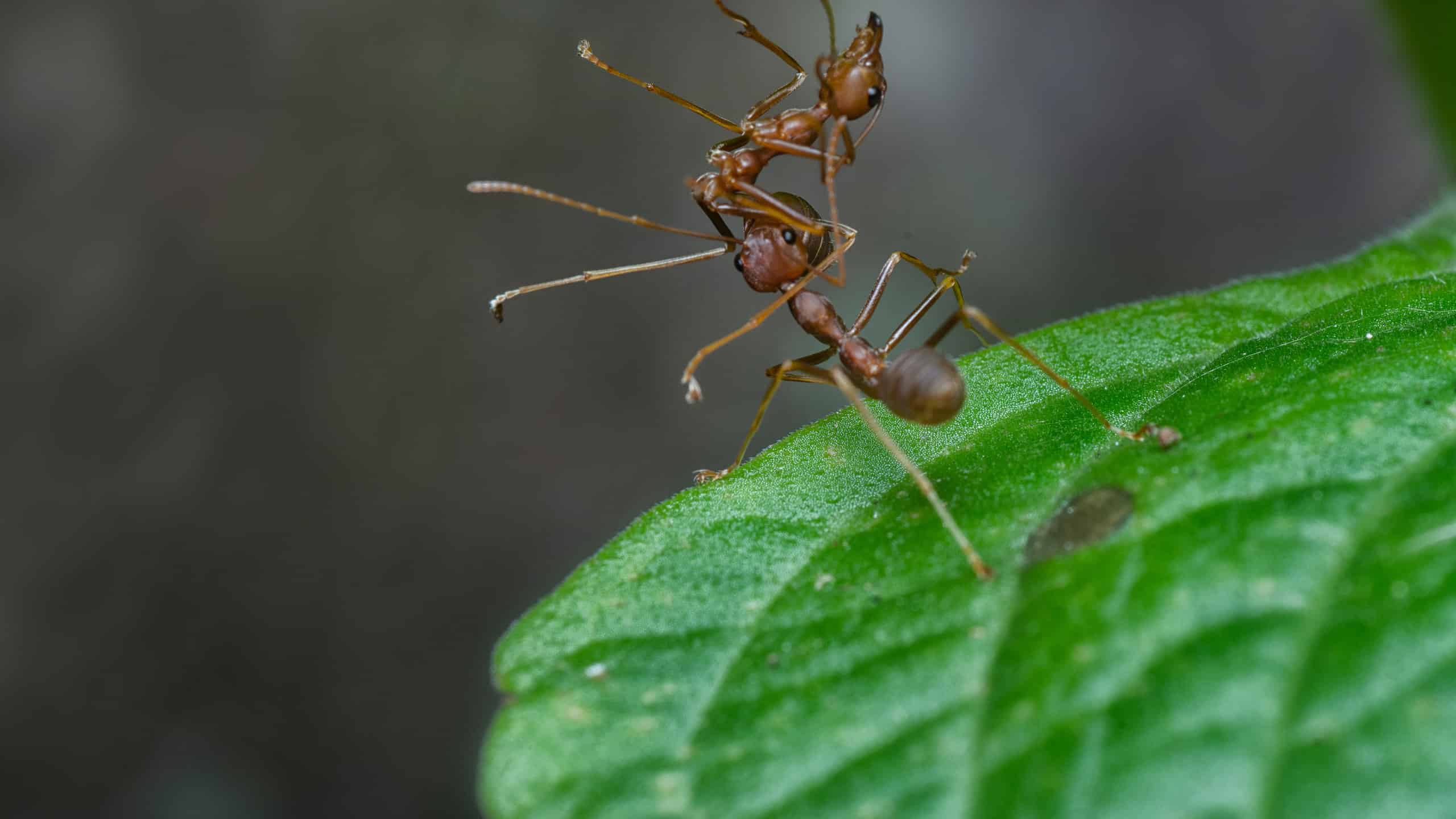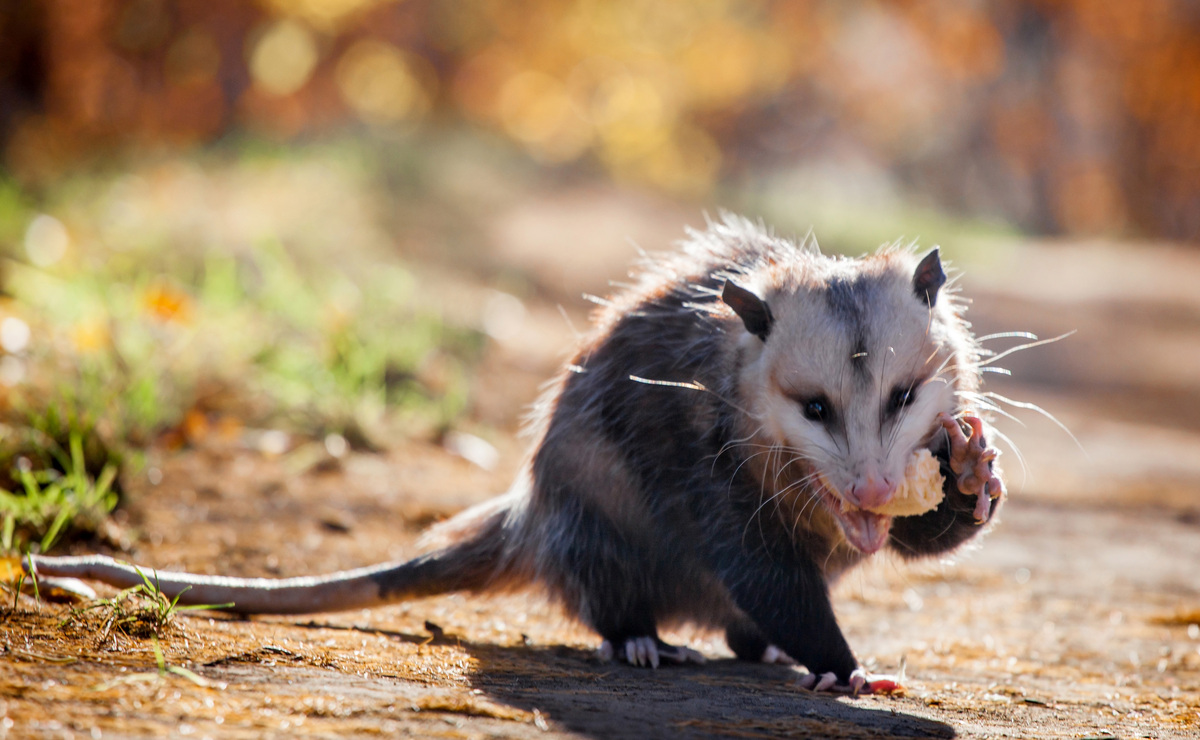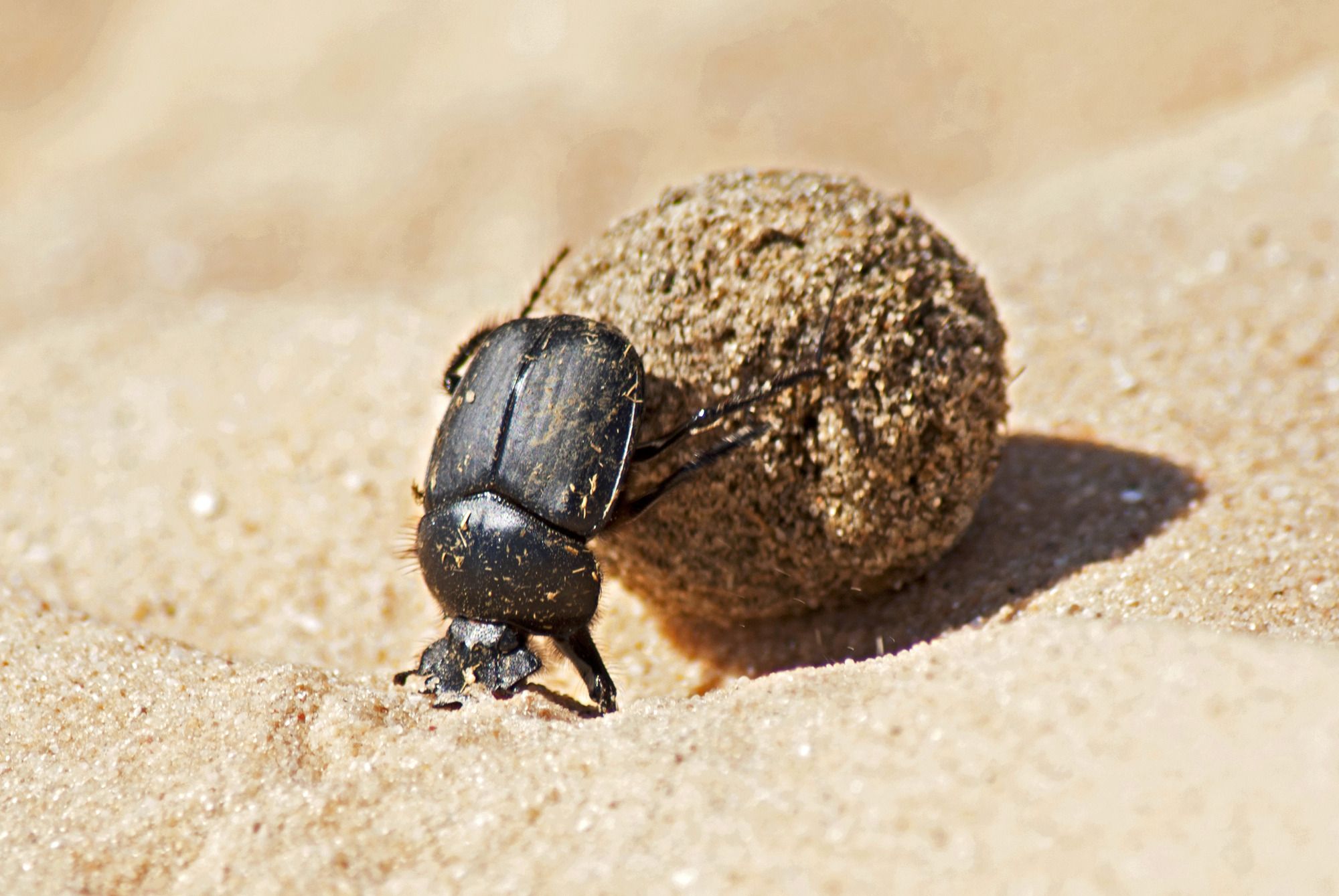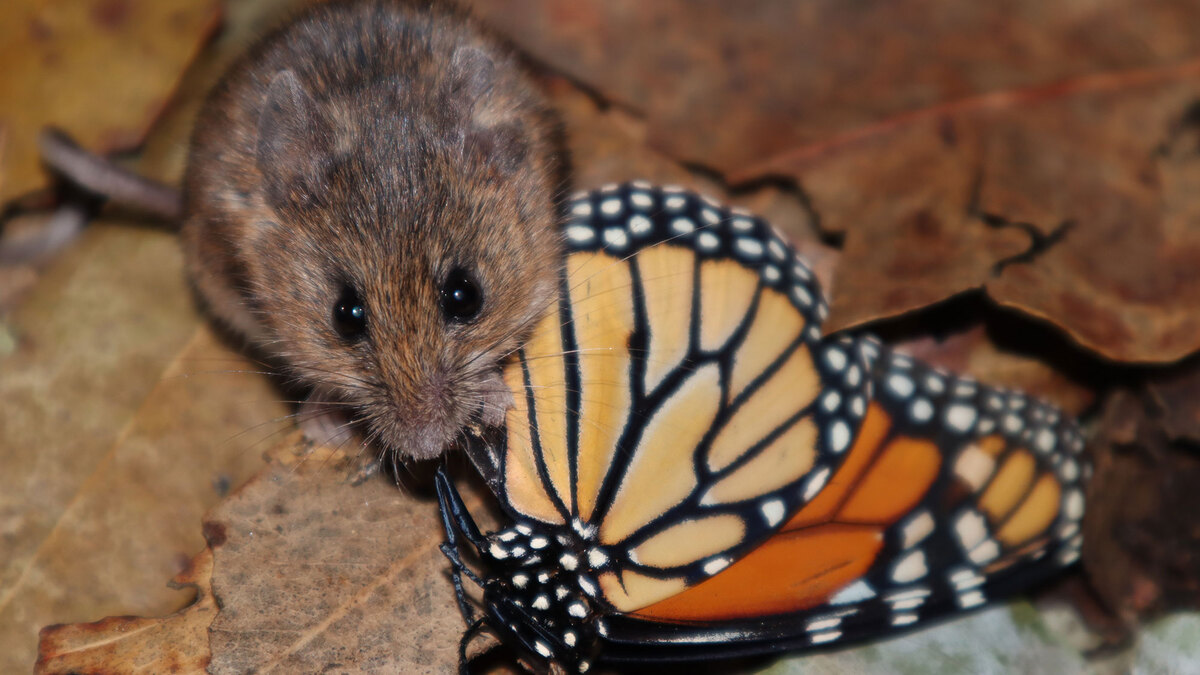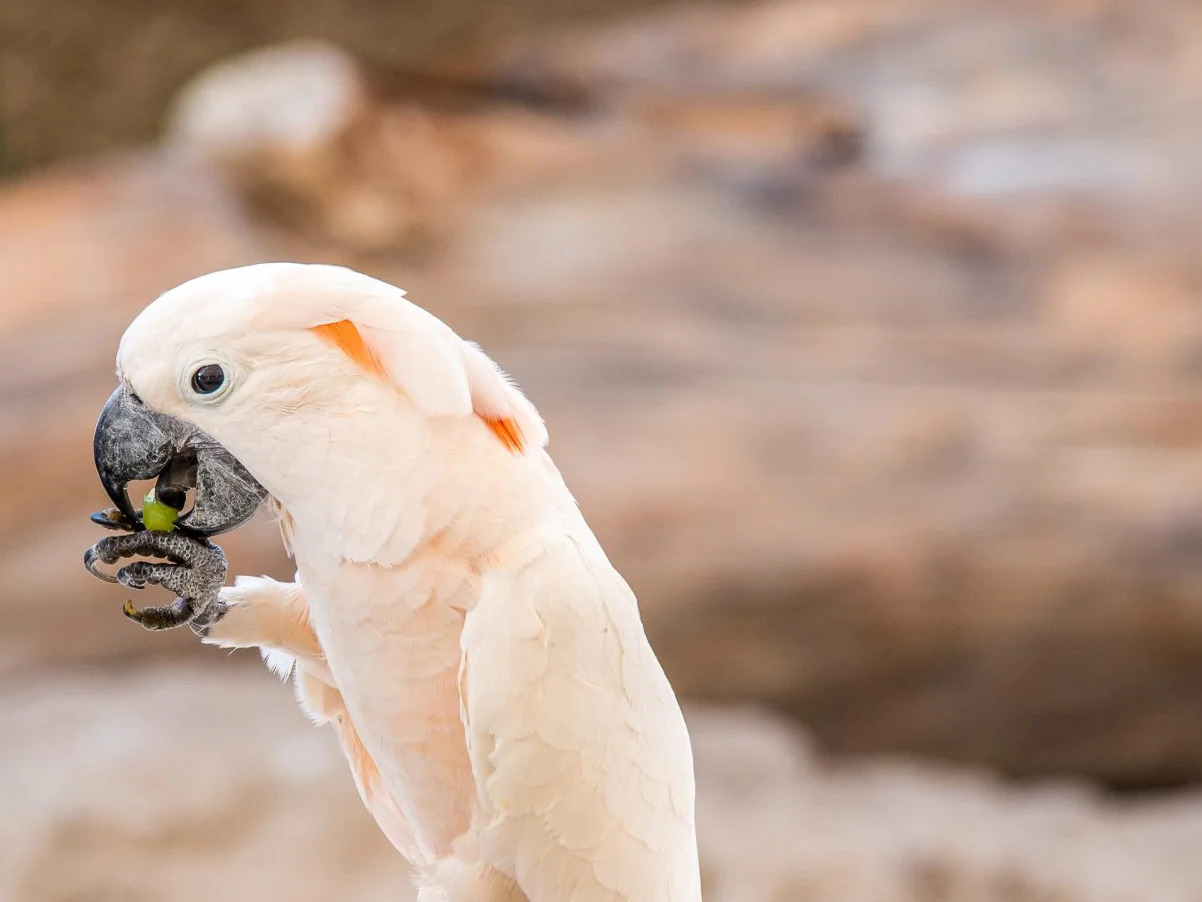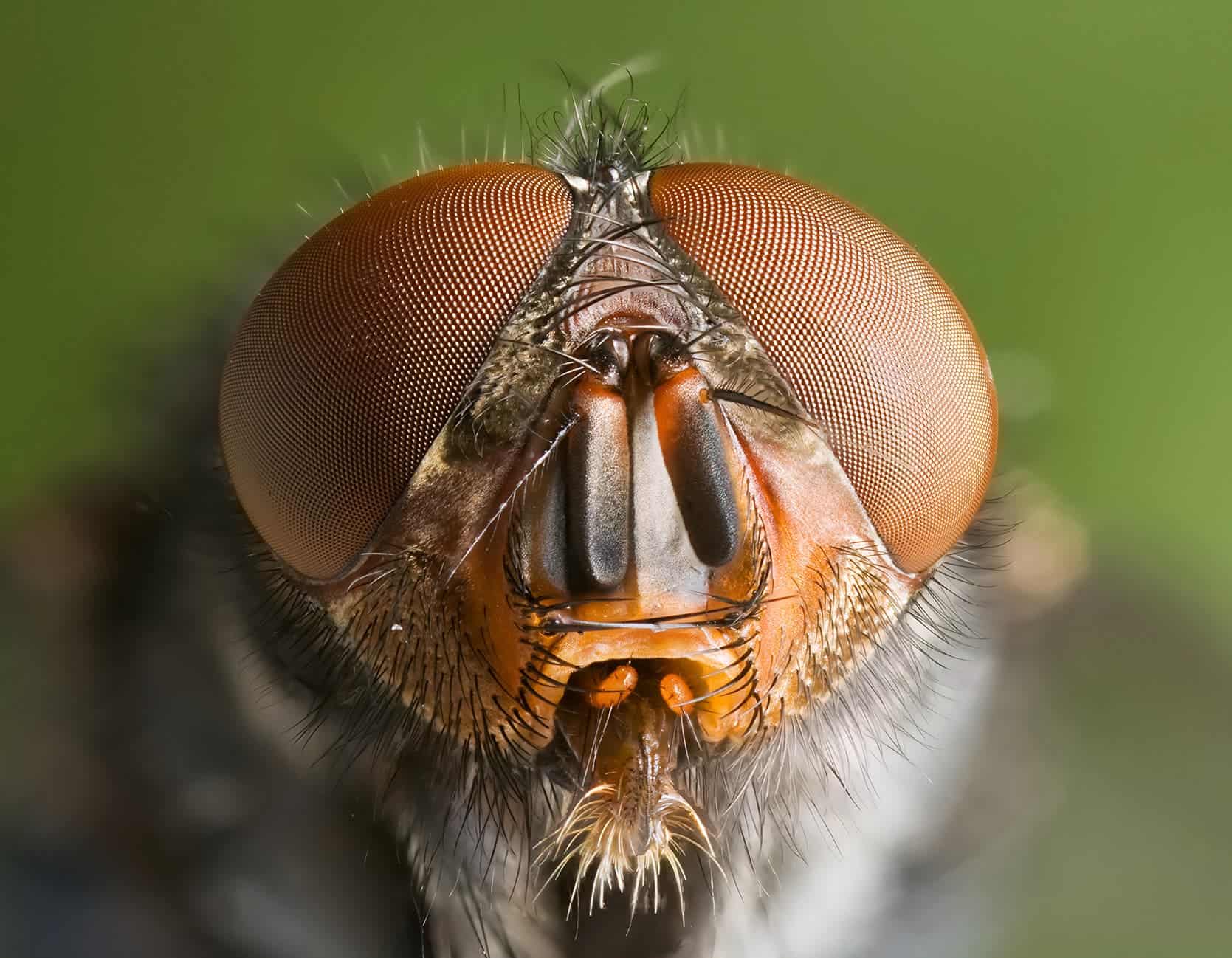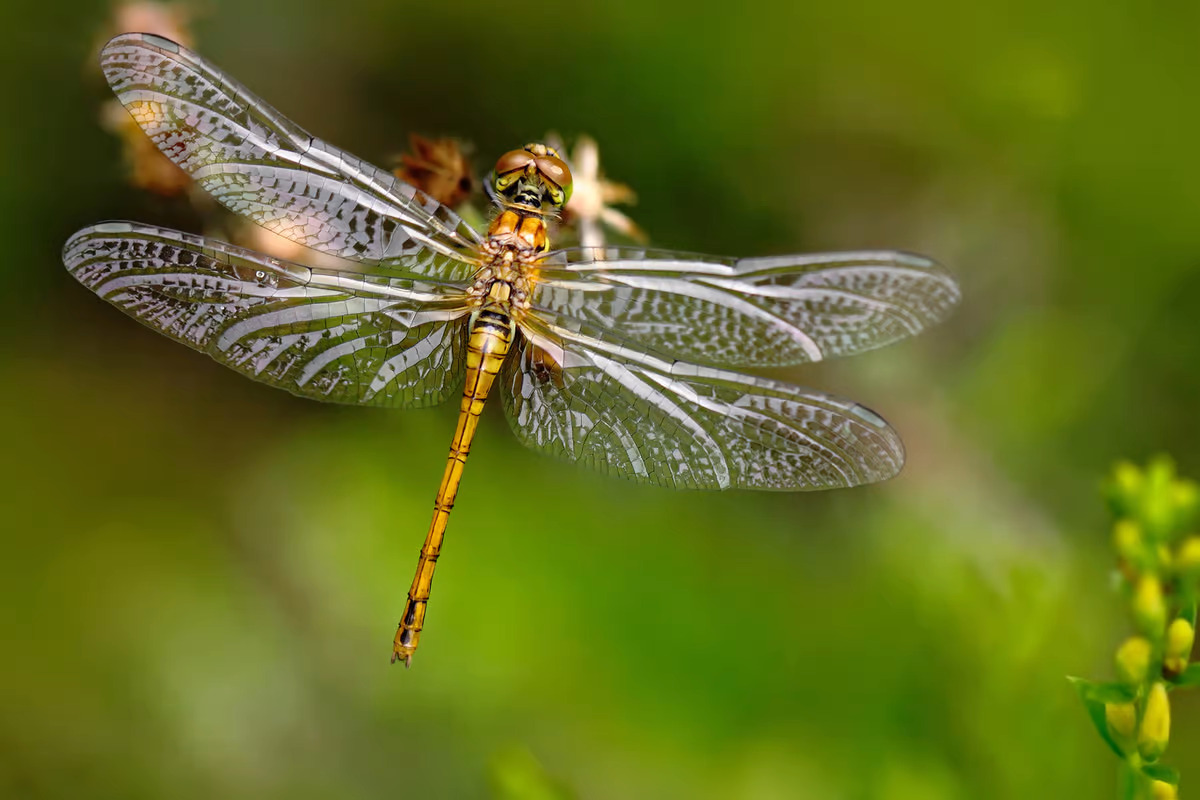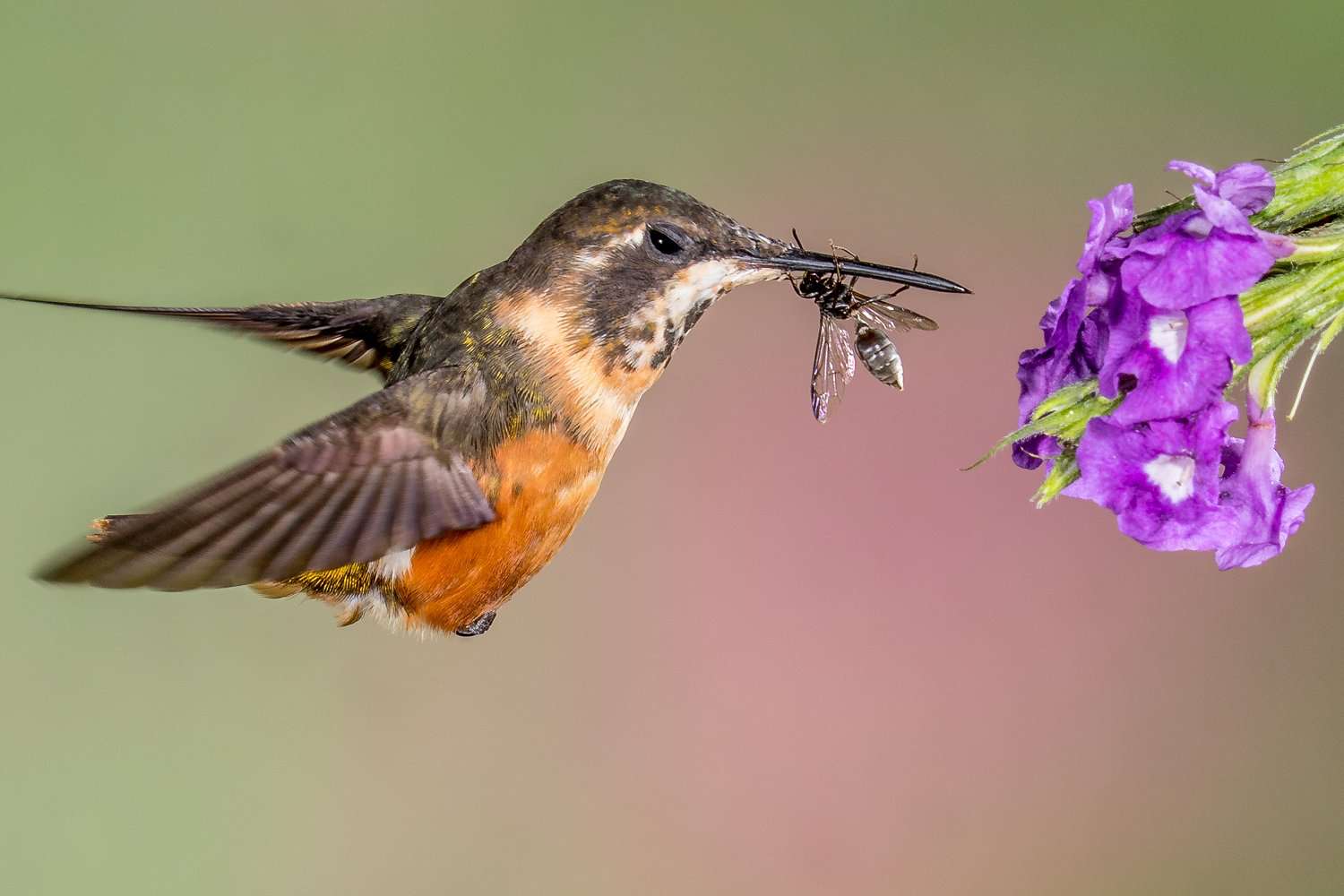Home>Gardening Techniques>Seasonal Gardening>What Do Insects Do During The Winter


Seasonal Gardening
What Do Insects Do During The Winter
Modified: January 22, 2024
Discover how insects survive during the winter in your garden with seasonal gardening techniques. Learn how to protect your plants and create a thriving ecosystem.
(Many of the links in this article redirect to a specific reviewed product. Your purchase of these products through affiliate links helps to generate commission for Chicagolandgardening.com, at no extra cost. Learn more)
Table of Contents
Introduction
As the winter season settles in and the temperatures drop, it’s easy to imagine that the insect world goes into a state of dormancy. However, contrary to popular belief, insects are incredibly resilient and have developed various adaptive strategies to survive the harsh winter conditions.
During winter, insects face many challenges, such as limited food availability, freezing temperatures, and a lack of suitable habitats. In response, they have evolved fascinating techniques to ensure their survival, including migration, hibernation, and reproductive adaptations.
In this article, we will delve into the fascinating world of insects during the winter season and explore the ways in which they navigate the cold weather. From monarch butterflies traveling thousands of miles to reach warmer climates to ladybugs seeking refuge in cozy crevices, these tiny creatures showcase an intricate dance of survival.
So, let’s embark on a journey into the hidden life of insects during winter and discover the remarkable adaptations that allow them to brave the frost and emerge victorious as temperatures rise once again.
Insect Migration
One of the most extraordinary phenomena in the insect world is migration. Just like birds, some insects embark on long-distance journeys to escape the frigid temperatures of winter.
One iconic example of insect migration is the monarch butterfly. Every year, millions of monarchs in North America undertake a remarkable journey spanning thousands of miles to reach their wintering grounds in Mexico. These delicate creatures navigate through changing landscapes, using environmental cues such as the position of the sun and magnetic fields to guide their way.
The migration of monarch butterflies is not only a testament to their physical resilience but also a magnificent display of their innate navigation abilities. It is believed that these migratory behaviors are driven by factors such as declining temperatures, reduced food availability, and changes in day length.
In addition to butterflies, other insects, such as dragonflies and some species of bees, also partake in migration. These migrations can occur on a smaller scale, but they are equally impressive. These tiny travelers rely on their energy reserves, favorable weather conditions, and the availability of suitable habitats along their migration routes.
Migrating insects not only contribute to the dispersal of their own species but also play a crucial role in ecosystem dynamics. They can act as pollinators and help maintain plant diversity by transferring pollen from one area to another. Additionally, they serve as a valuable food source for predators along their migratory paths, sustaining the delicate balance of nature.
Overall, insect migration is a stunning example of how these creatures adapt to seasonal changes, demonstrating their resourcefulness and determination to find more favorable environments during the winter months.
Insect Hibernation
When it comes to surviving the winter chill, many insects opt for a strategy called hibernation. Hibernation is a state of dormancy where an insect’s metabolic rate slows down significantly, allowing it to conserve energy and endure the cold temperatures.
During hibernation, insects seek out protected locations such as leaf litter, cracks in tree bark, or even underground burrows. They enter a state of suspended animation, reducing their activity levels to the bare minimum. This helps them conserve energy and remain hidden from potential predators.
Some insect species prepare for hibernation by undergoing physiological changes. For instance, certain bees and wasps stockpile honey and create wax shelters to survive the winter. They cluster together in large groups, generating heat through their collective body heat to maintain a stable temperature within their hibernacula.
Another fascinating example is the woolly bear caterpillar. This caterpillar freezes solid during winter, allowing ice crystals to form between its body cells without damaging vital organs. Once spring arrives, it thaws and resumes its activity, eventually transforming into a beautiful moth.
Hibernation is not solely limited to terrestrial insects. Aquatic insects, such as stoneflies and mayflies, employ a similar strategy called diapause. They enter a period of dormancy, retreating to the bottom of ponds or streams where the water is relatively warmer and more stable. This allows them to brave the cold temperatures until spring arrives, triggering their emergence.
It’s important to note that while hibernation is an effective survival mechanism, not all insects go into hibernation. Some species, especially those with short lifespans or those that can reproduce quickly, may not undergo this energy-conserving strategy. Instead, they rely on other adaptations or life cycle stages that enable them to survive through winter.
Overall, hibernation is a remarkable adaptation employed by numerous insect species, enabling them to withstand the harsh winter conditions and resume their activities when warmer days return.
Insect Reproduction during Winter
While winter may seem like an inhospitable time for reproduction, some insects have devised clever strategies to ensure the survival of their species during this challenging period.
One tactic employed by certain insects is delayed fertilization. Females store sperm from mating encounters in specialized structures or organs, and they can use this stored sperm to fertilize their eggs when conditions become more favorable. This allows them to postpone egg-laying until the arrival of spring or the availability of suitable food sources.
Another interesting reproductive strategy is known as freeze tolerance. Insects that are freeze-tolerant can survive the freezing temperatures by allowing their bodily fluids to freeze. They produce specific proteins that act as natural antifreeze, preventing ice crystals from forming inside their cells. This incredible adaptation enables them to withstand extreme cold and resume reproductive activities once conditions improve.
Some insects, such as certain species of mosquitoes, have adapted to reproduce in temporary bodies of water, such as snowmelt pools or ice-covered ponds. These insects lay their eggs in these temporary habitats, and the eggs lie dormant throughout winter until the melting snow or ice provides the necessary moisture for hatching.
While mating and reproduction may not be as widespread during winter as in other seasons, some insects take advantage of milder weather events known as “false springs.” These temporary warm spells can trigger the emergence of certain insect species, providing them with a brief window of opportunity for mating and reproduction before the cold weather returns.
Overall, insect reproduction during winter is a complex and fascinating phenomenon. These insects have adapted unique strategies to ensure the continuation of their species, demonstrating their remarkable resilience and ability to adapt to seasonal challenges.
Survival Strategies of Insects during Winter
When it comes to surviving the harsh winter conditions, insects have developed a wide array of strategies to ensure their continued existence. These survival strategies enable them to withstand freezing temperatures, limited food sources, and other challenges they face during this season.
One common survival strategy among insects is seeking shelter. Many insects find protective locations such as leaf litter, tree bark, or even inside buildings to shield themselves from the cold and potential predators. They snugly tuck themselves away in crevices or burrows, creating a cozy refuge that offers insulation from the freezing temperatures.
Another crucial survival strategy is conserving energy. Insects reduce their activity levels to conserve energy during winter. They may enter a state of dormancy, such as hibernation or diapause, in which their metabolic rate slows down significantly. This allows them to conserve energy reserves until more favorable conditions return.
In addition to seeking shelter and conserving energy, some species of insects have developed the ability to undergo cryptobiosis. Cryptobiosis is a state of extreme dormancy in which an insect’s bodily functions almost completely shut down, allowing it to withstand freezing temperatures and lack of food for extended periods. This remarkable adaptation enables insects to survive even in the most inhospitable conditions.
Furthermore, certain insect species have evolved physical adaptations to endure the cold. For instance, woolly coats or specialized hairs on the body provide increased insulation. Some insects also produce natural antifreeze compounds that help prevent ice crystal formation within their cells, allowing them to survive freezing temperatures without damage.
Another survival strategy employed by insects during winter is adjusting their life cycles. Some insects have synchronized their developmental stages with the seasons, ensuring that they spend the winter in diapause or as resistant eggs or pupae. This enables them to avoid the harshest conditions and emerge as adults when the weather improves.
Lastly, insects rely on food resources that are available during winter. While plant life may be scarce, some insects can feed on decaying organic matter or even the remnants of other insects. They have adapted specialized mouthparts or enzymes that allow them to break down and extract nutrients from these unconventional food sources.
Through these various survival strategies, insects have thrived and adapted to the challenges of winter. Their ability to withstand the cold, conserve energy, and find sustenance showcases their remarkable resilience and ingenuity in facing the harsh winter environment.
Insects and Cold-Weather Adaptations
Cold-weather adaptations are crucial for insects to withstand the freezing temperatures and harsh conditions of winter. These adaptations enable them to survive and carry on their life cycles until warmer days return.
One remarkable cold-weather adaptation is the production of cryoprotectants. Some insects, such as freeze-tolerant species, produce substances like glycerol or sugars that act as natural antifreeze. These compounds lower the freezing point of their bodily fluids, preventing ice crystal formation and protecting their cells from damage during freezing temperatures.
Another essential adaptation is the ability to enter diapause. Diapause is a state of suspended development characterized by reduced activity and metabolism. Insects in diapause temporarily halt their growth and reproductive activities, allowing them to conserve energy and endure the winter months. They may enter diapause as eggs, larvae, pupae, or even as adults, depending on the species.
Insects also rely on behavioral adaptations to survive the cold. For instance, some species engage in group huddling to generate and retain heat. Ladybugs, for example, gather in large aggregations to stay warm, while honeybees cluster together in their hives, creating a tightly packed ball to maintain a stable temperature.
Furthermore, many insects have evolved specific morphological adaptations that aid in their survival during winter. These adaptations can include thicker exoskeletons, insulating hairs, or even changes in body coloration. These physical adaptations help reduce heat loss and protect the insect’s vital organs from the cold.
Migration is also a vital cold-weather adaptation for certain insect species. By traveling to warmer regions, these insects can escape the freezing temperatures and find more favorable conditions for survival. Monarch butterflies and dragonflies are notable examples of migratory insects that undertake long-distance journeys to avoid the harshness of winter.
Lastly, some insects exhibit a phenomenon known as supercooling. Supercooling is the ability to lower their body temperature below the freezing point without solidifying. This allows them to remain in a semi-frozen state without causing harm to their internal tissues. When the temperature rises slightly, they thaw and resume their regular activities.
These cold-weather adaptations showcased by insects highlight their resilience and ability to cope with challenging winter conditions. Through biochemical, physiological, behavioral, and morphological strategies, they have carved out unique paths for survival and continue to play integral roles in ecosystems.
Insects’ Impact on Ecosystems during Winter
Insects have a significant impact on ecosystems, even during the winter months when their activities may seem less apparent. These tiny creatures play crucial roles in maintaining the balance and functioning of ecosystems throughout the year.
One of the most notable contributions of insects during winter is their role as pollinators. While many plants may not be in bloom during this time, some insect species, such as certain bees and flies, remain active. These hardy pollinators help ensure the reproduction of winter-flowering plants and contribute to the overall biodiversity and resilience of ecosystems.
In addition to pollination, insects also serve as a vital food source for other organisms during winter. Many birds rely on insect prey to sustain themselves during this lean season. Insects provide essential nutrients and energy to help birds survive until other food sources become available in spring. Furthermore, insect larvae that remain active in aquatic habitats during winter serve as a food source for fish and other aquatic organisms.
Insects also play a critical role in nutrient cycling during winter. As they continue to break down organic matter and debris, they contribute to the decomposition process. This decomposition releases essential nutrients back into the soil, making them available for plant uptake once the growing season resumes. Insects are nature’s recyclers, ensuring the efficient cycling of nutrients and maintaining the health of ecosystems.
Winter-active insects also influence plant communities through herbivory. Some insect species, such as certain beetles and caterpillars, feed on plant foliage and wood during winter. These feeding activities can affect the growth and survival of plants, influencing their distributions and shaping the composition of plant communities in various habitats.
Furthermore, the presence or absence of certain insect species during winter can have cascading effects on predator-prey relationships. Insectivorous mammals, reptiles, amphibians, and other invertebrates rely on insects as a vital food source. A decline in winter insect populations can disrupt these intricate food webs and have implications for the overall stability and biodiversity of ecosystems.
Lastly, insects’ impact on ecosystems extends beyond their direct interactions. Insects contribute to the decomposition process by breaking down organic materials, releasing carbon dioxide and other gases into the atmosphere. They also act as pollinators for many food crops, supporting agricultural systems and the global food supply chain.
With their diverse roles in pollination, food webs, decomposition, and nutrient cycling, insects play critical roles in maintaining the balance and functioning of ecosystems, even during the winter months. Recognizing and appreciating their contributions is essential for the conservation and sustainability of our natural world.
Conclusion
The winter season unveils a hidden world of survival and adaptation among insect species. From migration to hibernation, delayed fertilization to diapause, and cryoprotectants to behavioral adjustments, insects have developed a range of strategies to overcome the challenges of cold temperatures, limited food sources, and harsh conditions. These remarkable adaptations allow them to endure and thrive throughout the winter months.
Insect migration showcases their incredible navigational abilities and their role in maintaining biodiversity and pollination. Hibernation enables them to conserve energy and seek refuge in protected locations, while delayed fertilization and freeze tolerance ensure the survival of their species. Insects adjust their life cycles, exhibit cryptobiosis, and undergo physical and behavioral changes to adapt to winter’s demands.
These adaptations not only help individual insects survive but also have significant impacts on ecosystems. Insects contribute to pollination even during winter, ensuring the reproduction of winter-flowering plants and forming the foundation of food webs. They play key roles in nutrient cycling, decomposition, and herbivory, shaping plant communities and providing vital food sources for other organisms.
Understanding the diverse strategies and adaptations employed by insects during winter allows us to appreciate their resilience and importance in maintaining the delicate balance of ecosystems. It also highlights the interconnectedness and interdependence of different species within these ecosystems.
As we marvel at the survival techniques of insects, it is crucial to recognize their value and the need for their conservation. The preservation of habitats, protection of overwintering sites, and reduction of pesticide use are vital for ensuring the continued existence of these remarkable creatures.
So, the next time you see a ladybug tucked away in a crack or witness the migration of monarch butterflies, remember the incredible journey and challenges they face. Insects are not simply victims of winter but active participants, showcasing their ingenuity and resilience in the face of adversity.
Let us embrace their remarkable adaptations and strive to protect and appreciate the vital roles insects play in our ecosystems, not just during winter, but throughout the year.

